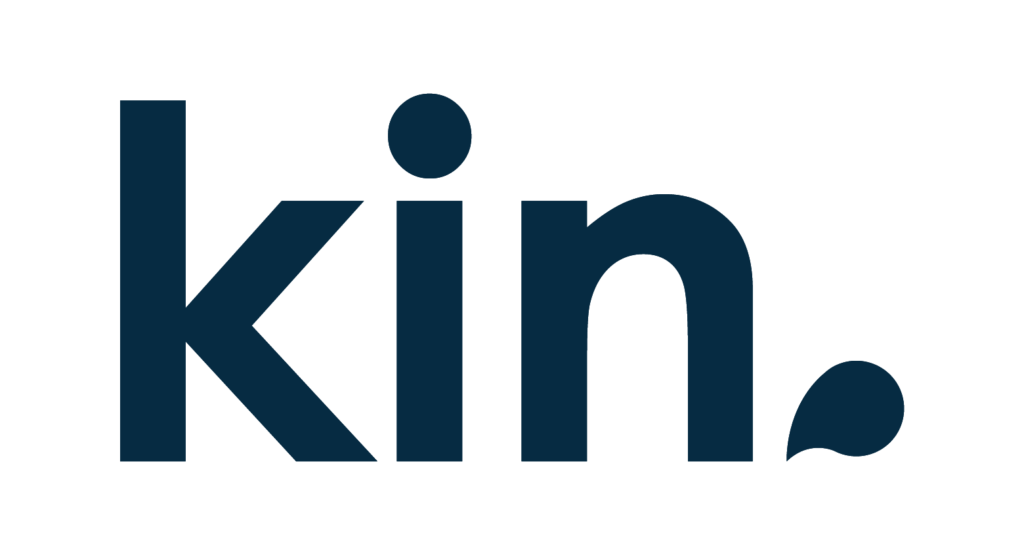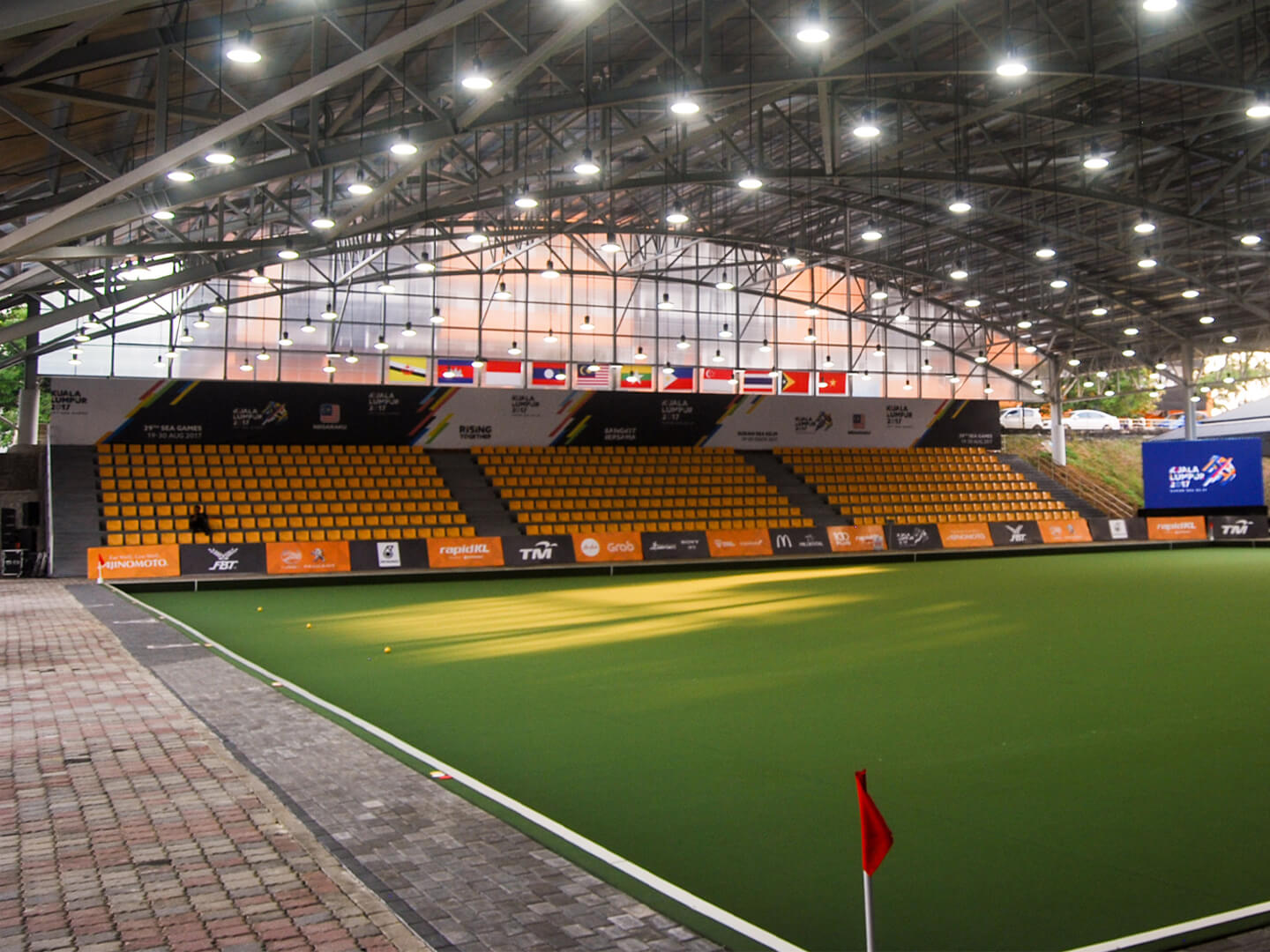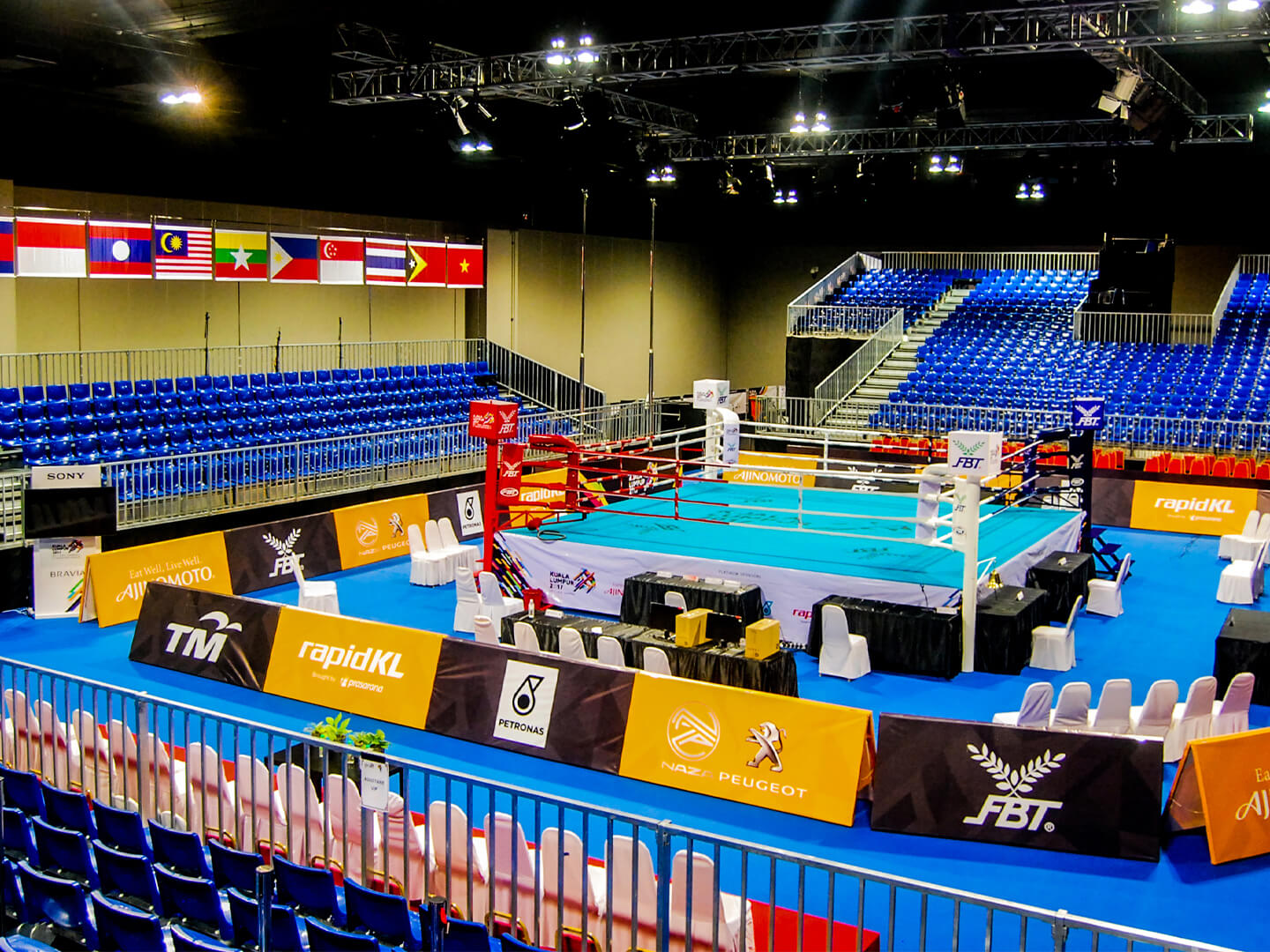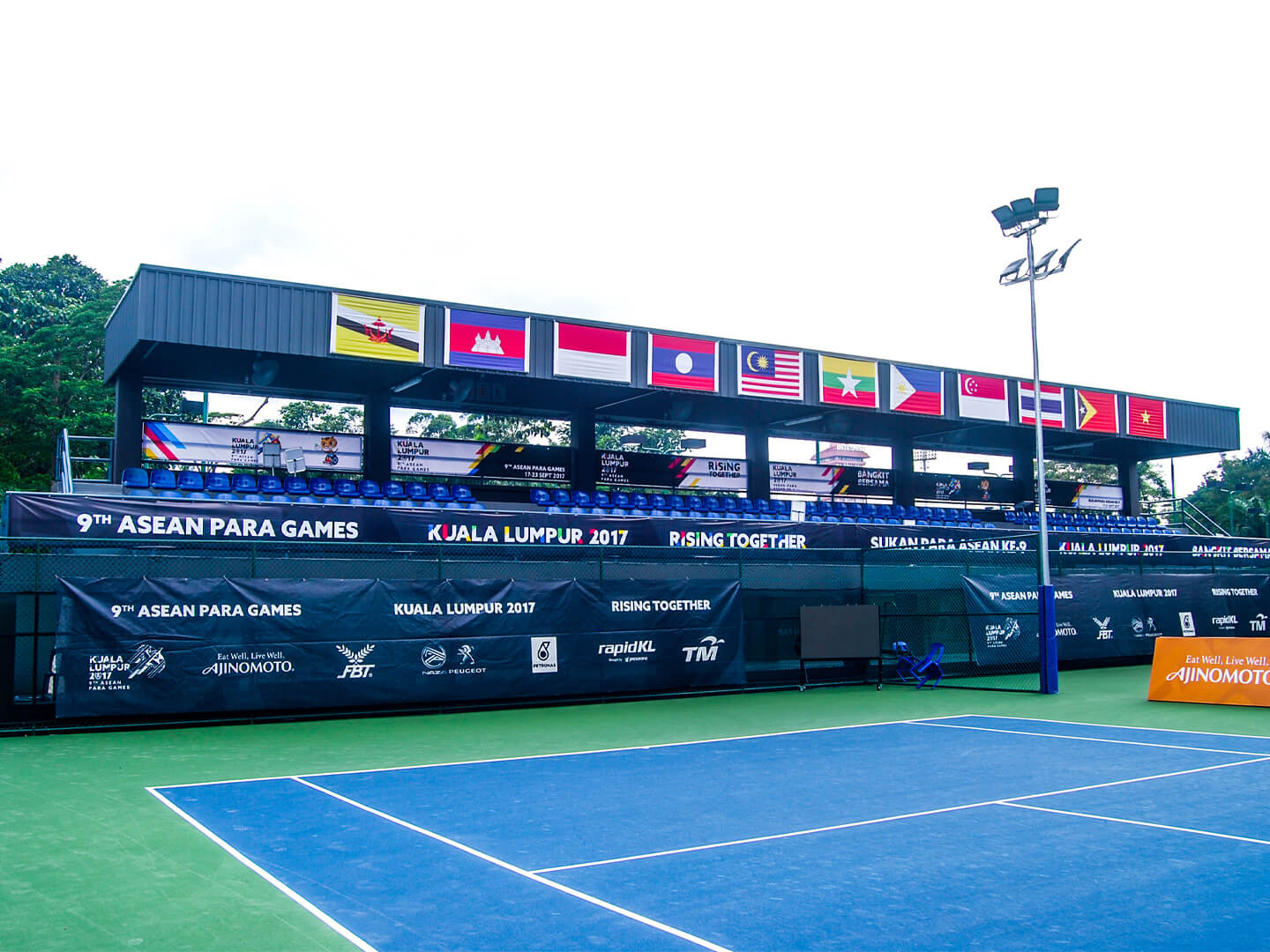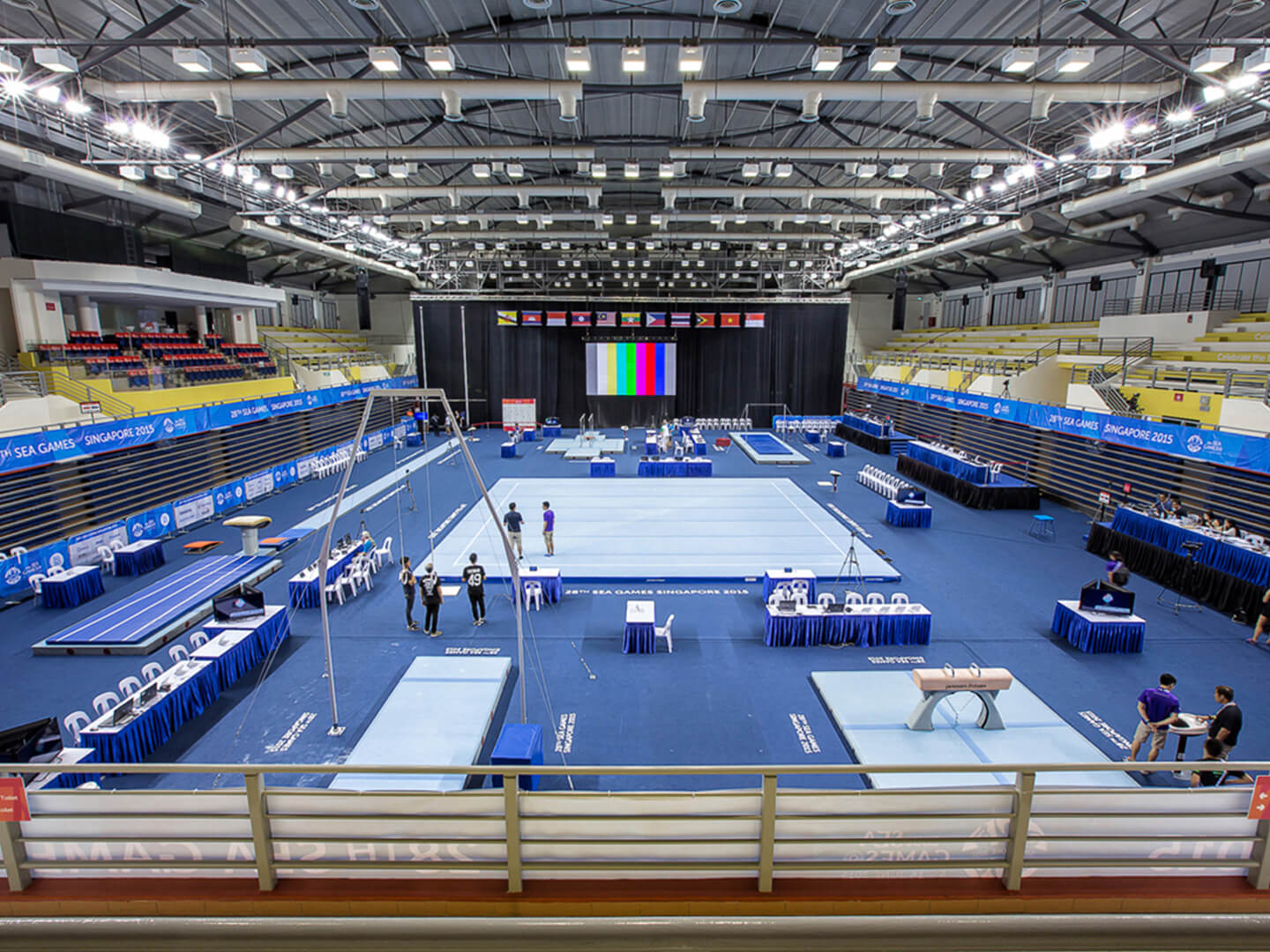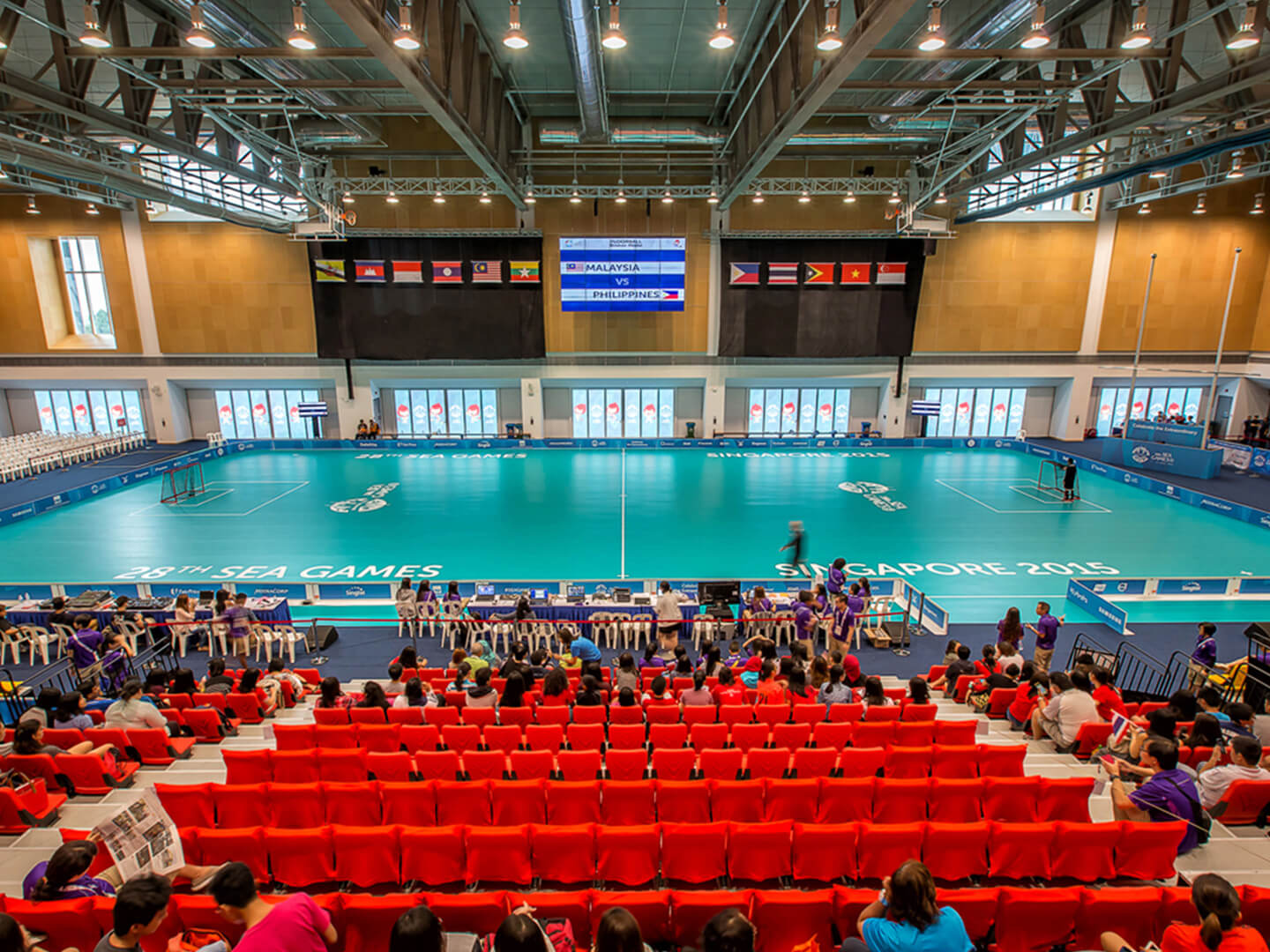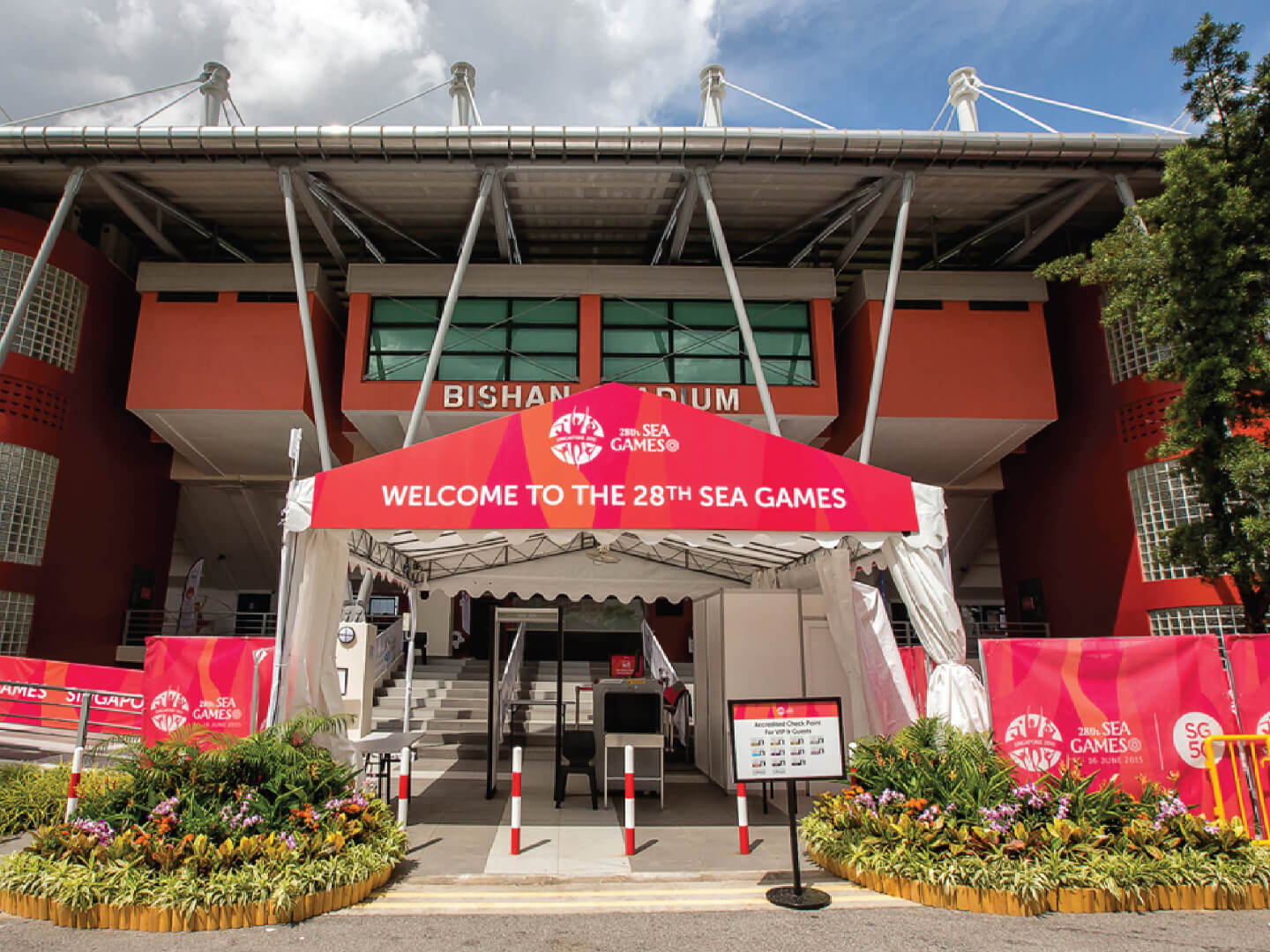The Story
The SEA Games, formerly known as the SEAP Games, have been part of many Southeast Asians’ lives since we were young. It is a multi-sport Games that provides a stepping stone for regional athletes to potentially show their prowess in bigger stages such as the Asian Games and the Olympics.
The 29th iteration took place in Kuala Lumpur and featured 38 sports with 404 events across 44 venues in various states. The biennial Games witnessed the participation of over 4,000 athletes from 11 countries, with several Games and national records broken. Under the umbrella of these Games, the 9th ASEAN Para Games was also held in Kuala Lumpur. Featuring 16 sports with 369 events across 17 venues in various states saw more than 1,400 disabled athletes from 11 countries competing.
We were at the heart of both events. Thanks to our formidable track record and proven expertise, we were selected as the venues overlay consultant to the organiser, MASOC, for both Games. We had to oversee the staging of the two Games across a total of 61 venues.
Armed with our team members’ prior knowledge of how multi-sports Games work from the 2015 SEA Games in Singapore and Nanjing Youth Olympic 2014, our team began familiarising itself on the competition requirements of all the sports ahead of our first meeting with MASOC. We subsequently compiled a dossier that served as the primary framework and guidelines for build-up requirements for the field-of-play and any related games facilities required for athletes at competition venues.
During the year-long lead-up to the opening of the Games, we managed and oversaw the build-up development, implementation of standard operating procedures as well as provided technical advice to ensure the competition readiness of each venue. We also ensured the operational readiness for key functional areas–both public facing and competition back-of-house — in order to achieve a holistic games experience and meet the agreed Games-wide service levels for all stakeholders
With a whole new set of venue settings and regulations to adhere to while trying to achieve the Games service level required, the preparation and development of venues was no easy feat. Some venues were in “bare ground condition”, some were not designed for sports competitions, and sport facilities that did not meet the required service level – this was the primary challenge. The secondary challenge was the requirement for certain venues to transit between sports – that is, different sports, same locations. Much work was thus needed to get the venues ready.
Our team was split into four core teams with key roles and responsibilities to ensure the constant communication flow between upstream and downstream stakeholders for each venue. At the same time, these four teams had to work together to ensure a comprehensive end-to-end development. The four teams were the Core Management Team, the Design Team, the Cluster Managers and the Venue Coordinators.
All our hard work paid off as both the Games were seen as smashing successes. They did not only meet the stipulated requirements for stakeholders, but again proved the our capabilities to deliver under pressure and establish good human-to-human connections on both business and personal levels. As a team, we recognise that it is a privilege to work under such pressure, and we converted this pressure into one of our highlighted successes as a company.

